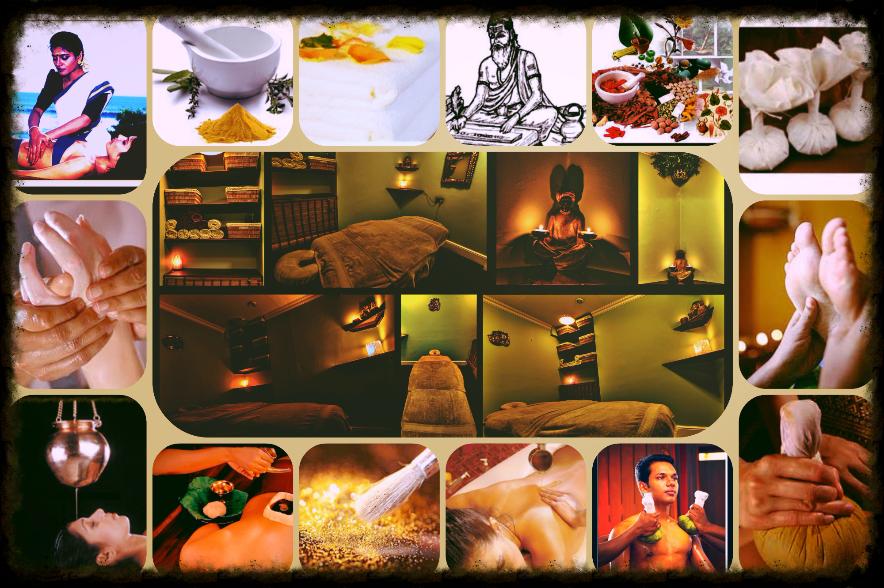
Ayurveda is an Indian holistic medical system based on achieving physical and mental harmony. Ayurveda means "knowledge of life" or ''science of life''. Ayurveda is made up of two words Ayur - life and Veda - science, knowledge or journey. Ayurveda is considered as part of the Vedas which are some of the most ancient books of knowledge. In Indian tradition Vedas are considered to be eternal (without beginning and without end) and Ayurveda being a part of Vedas is also considered eternal. Written records of Ayurvedic medicine date back approximately 5,000 years and well before that it was passed down through the spoken word and by observation.
Ayurveda is a complete way of life.
Ayurveda is prevention orientated medicine and aims to treat the root cause of a disease rather than just the symptoms. As a holistic medicine Ayurveda comprises food, massage, meditation, herbal remedies, yoga, detoxification and daily lifestyle. Ayurveda improves not only people's health but also their well being, behavior and state of mind.
Ayurveda sees everything in the universe, including human beings, as composed of Panchamahabhuta (the five great elements of nature) - space, air, fire, water and earth. According to Ayurveda the five great elements of nature (panchamahabhuta) combine with each other to give rise to the three bio physical forces or DOSHAS within the human body - Vata (air and space), Pitta (fire and water) and Kapha (water and earth). Together they are known as Tridosha and govern all the biological, physiological and psychological functions of the mind and body, both physical and emotional, as well as affecting how an individual interacts with everything around them.
Every individual has within them all three bio physical forces, but it is the combination of any one or two or all three that makes up a person's individual constitution or Prakriti and Vikriti.
Prakriti is the original constitution that we are born with as determined by genetics, diet, lifestyle and the emotional state of our parents. It is the equivalent of our DNA and never changes.
Vikriti is the constitution we have today and is determined by our diet, lifestyle, environmental factors, emotions, stress levels etc.
If Vikriti (current body constitution) is the same as Prakriti (original body constitution) then you are in excellent health. The difference between Vikriti and Prakriti is the root of ill health. The bigger the difference the more serious the issues are in the body.
We can have an individual constitution of Vata, Pitta or Kapha or a combination of Vata+Pitta, Vata+Kapha, Kapha +Pitta or a Tridoshic constitution which is Vata+Pitta+Kapha.
Vata
Composed of air and space, Vata is dry, light, cold, rough, subtle/pervasive, mobile, and clear. As such, Vata regulates the principle of movement. Any bodily motion—chewing, swallowing, nerve impulses, breathing, muscle movements, thinking, peristalsis, bowel movements, urination, menstruation—requires balanced Vata. When Vata is out of balance any number of these movements may be affected.
Pitta
Pitta brings forth the qualities of fire and water. It is sharp, penetrating, hot, light, liquid, mobile and oily. Pitta’s domain is the principal of transformation. Just as fire transforms anything it touches, Pitta is in play any time the body converts or processes something. So Pitta oversees digestion, metabolism, temperature maintenance, sensory perception, and comprehension. Imbalanced Pitta can lead to sharpness and inflammation in these areas in particular.
Kapha
Kapha, composed of earth and water, is heavy, cold, dull, oily, smooth, dense, soft, static, liquid, cloudy, hard and gross (in the sense of dense or thick). As Kapha governs stability and structure, it forms the substance of the human body, from the skeleton to various organs to the fatty molecules (lipids) that support the body. An excess of Kapha leads to an overabundance of density, heaviness, and excess in the body.